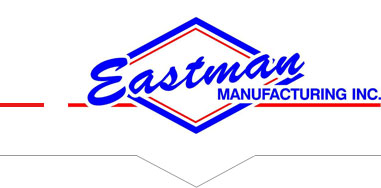Distinguishing The Two Most Common Heat Treatment Methods
Heat treatments involve the process of applying controlled heat to change the physical and chemical properties of a material, particularly metal alloys and glass. Heat treating can be done in various ways but the two most commonly used methods are annealing and tempering. Each of these methods are distinct and are used depending on the specific requirement of the material to be heat treated.
The Annealing Method
This heat treatment process is done by heating a metal to a specific high temperature using annealing equipment. It will be held in that specific temperature for a certain amount of time, which can be anywhere from a couple of hours to days, until it is ready to be cooled. The cooling process for steels and other ferrous metals is usually slow and controlled, and are typically annealed at a temperature just slightly above their recrystallization point.
Special annealing equipment is also commonly referred to as furnaces, and are used because the conditions inside them are tightly controlled ot achieve the desired result of the heat treatment.
The Tempering Method
This method alters the properties of the metal by heating it to just below its critical temperature, increasing both the toughness and ductility of the material. Tempering generally reduces the hardness of a metal and increases its ductility and workability.
The annealing processing of steel while inside the annealing equipment is done all at once, however tempering steel is a part of a multi-step heat treatment. It is important to heat the metal gradually to avoid cracking or breaking. The amount of time needed for tempering will vary but generally it is one hour per inch of thickness. If the goal is to reduce brittleness but maintain hardness, a low temperature is favourable, while a high temperature is better for reduced hardness and increased elasticity.






